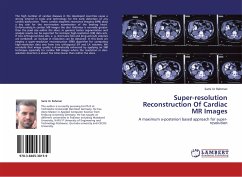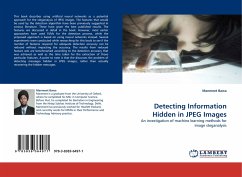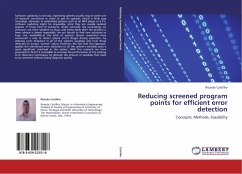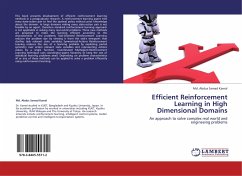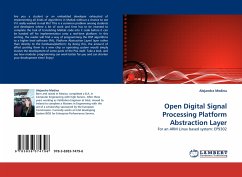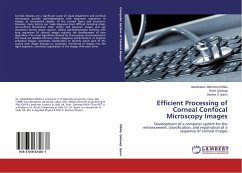
Efficient Processing of Corneal Confocal Microscopy Images
Development of a computer system for the enhancement, classification, and registration of a sequence of corneal images
Versandkostenfrei!
Versandfertig in 6-10 Tagen
34,99 €
inkl. MwSt.

PAYBACK Punkte
17 °P sammeln!
Corneal diseases are a significant cause of visual impairment and confocal microscopes provide ophthalmologists with diagnostic sequences of images, at incremental depths, of the corneal layers and structures. However, many factors can make diagnosis more difficult including noise, non-uniform illumination both within and between images and eye movement during image capture. Aiding ophthalmologists working with long sequences of corneal images requires the development of new algorithms. The novel algorithms devised for this purpose and presented in this book are divided into four main categori...
Corneal diseases are a significant cause of visual impairment and confocal microscopes provide ophthalmologists with diagnostic sequences of images, at incremental depths, of the corneal layers and structures. However, many factors can make diagnosis more difficult including noise, non-uniform illumination both within and between images and eye movement during image capture. Aiding ophthalmologists working with long sequences of corneal images requires the development of new algorithms. The novel algorithms devised for this purpose and presented in this book are divided into four main categories: enhancement, to improve individual images; automatic classification to identify which part of the cornea each image belongs to; automatic reordering of images into the right sequence; automatic registration of the images with each other.





